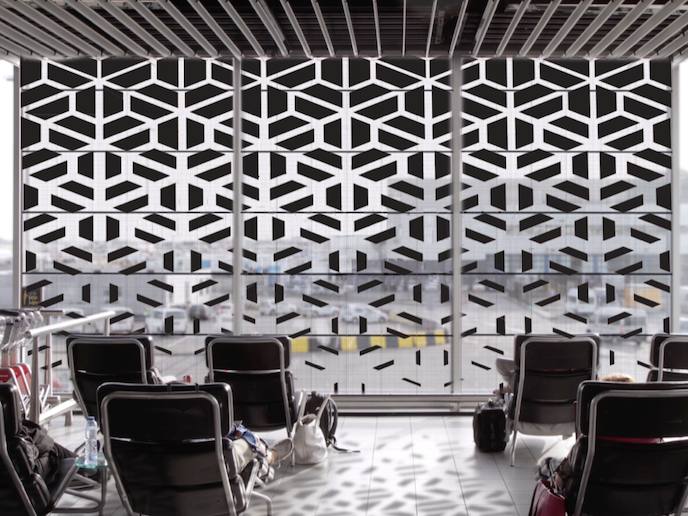Dynamic glare control turns windows into transparent video screens
Glass on building facades offers occupants warmth, shelter and, crucially, outside views. But when controlling glare from the sun, solutions such as mechanical blinds and shutters usually result in trade-offs which compromise visibility. Additionally, their regular maintenance adds to cost. Electrochromic glass(opens in new window), which can be tinted, is one solution for minimising glare but it can be expensive and slow to operate. The EU-supported VW project(opens in new window) has developed a dynamic, pixel-based, glare control system called VideowindoW, which lowers costs while also offering a source of revenue, as it can display commercial content. By ensuring the best use of daylight, the system reduces the energy used for interior illumination. When applied inside insulation glass, VideowindoW also increases the facade’s heat resistance, reducing the energy used for air conditioning. VideowindoW can save up to 30 % on the total energy consumption of building systems through a 20 % reduction in the need for climate control and 10 % less interior lighting. “It adds functional benefits to glass such as glare reduction, insulation and reduced carbon footprint, while unlocking previously untapped commercial value. It converts glass from a cost to a potential source of revenue!” says Mark Oudenhoven, VideowindoW co-founder and project coordinator. EU support enabled the team to gather further market research by interviewing industry leaders. Surveys of over a hundred medium- to large-sized airports in Europe identified these as a good market to target.
The pixelated solution
Once VideowindoW has been applied directly to the glass facades of buildings, the system’s algorithm continuously interprets live light sensor data to control glare. This adjusts the degree of transparency of each pixel used in its display. The display itself is monochrome, with many shades of grey. The shades are adjusted according to content and glare, to preserve contrast and readability. If incoming sunlight suddenly brightens, the content assumes darker tones, becoming less transparent. The system can generate any kind of content, from abstract patterns to video art and photography. As well as catering to aesthetic needs, content can also be entertaining, informative and commercial, carrying advertising for example. Since September last year, the team have successfully been running a pilot with 25 square metres of VideowindoW fitted to the window of one gate in the departure lounge of Rotterdam The Hague Airport (RTHA)(opens in new window). Here the system showcased content created by students from the Willem de Kooning Academy of art in Rotterdam and from the Boijmans van Beuningen Museum of modern art’s collection. “The pilot has attracted widespread interest from airports worldwide, as well as property developers, corporate tenants, media companies and architects. Some have already dubbed VideowindoW ‘The modern stained-glass window’,” explains Oudenhoven.
Next-generation VideowindoW
VideowindoW’s modular design works for any size and dimension of window frame. Its suitability for new constructions, as well as being retrofittable to existing structures, make it likely to appeal to a broad range of building designers and managers. To develop VideowindoW further, the team are working to further improve the software and underlying algorithm, for a VideowindoW 2.0 pilot in the first half of 2021. Towards this end, they are engaging with potential display sector partners capable of jointly developing the technology. The initial target market is airports, as they combine large glass façades with the resulting need for glare control and high passenger numbers. Having a large footfall offers potential for media value such as advertising revenue. Other transportation hubs, like railway stations, will also be targeted, as will public buildings such as libraries, exhibition centres and museums.







